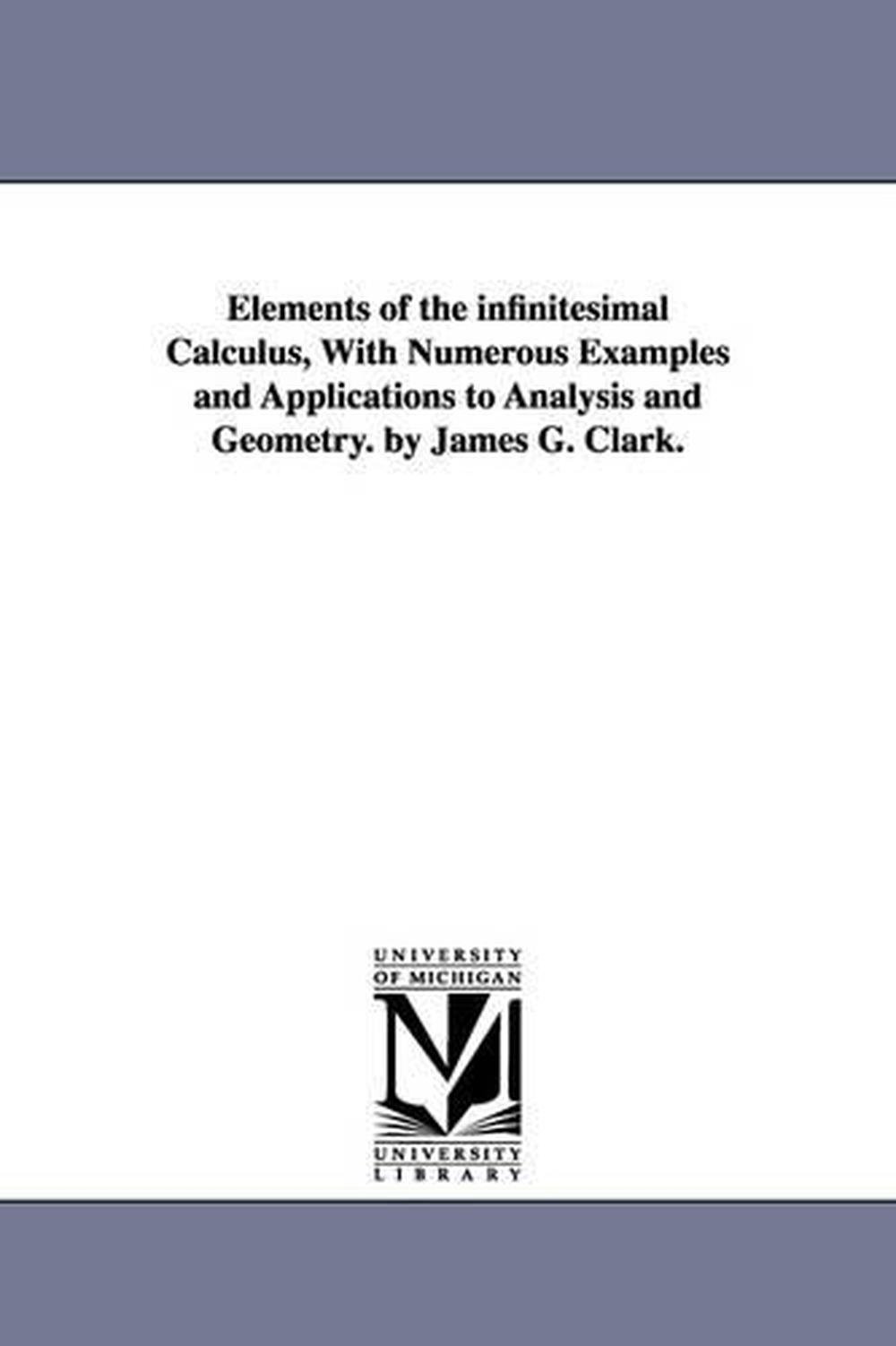

She has written a number of papers exploring the history of algebra, particularly the algebra of the sixteenth and seventeenth centuries. Stedall is a Junior Research Fellow at Queen's University. It is this sense of watching new and significant ideas force their way slowly and sometimes painfully into existence that makes the Arithmetica Infinitorum such a relevant text even now for students and historians of mathematics alike. Newton was to take up Wallis’s work and transform it into mathematics that has become part of the mainstream, but in Wallis’s text we see what we think of as modern mathematics still struggling to emerge. To the modern reader, the Arithmetica Infinitorum reveals much that is of historical and mathematical interest, not least the mid seventeenth-century tension between classical geometry on the one hand, and arithmetic and algebra on the other. Even though the method of 'infinitely smalls' had been successfully employed in various forms by the scientists of Ancient Greece and of Europe in the Middle Ages to solve problems in.

He handled them in his own way, and the resulting method of quadrature, based on the summation of indivisible or infinitesimal quantities, was a crucial step towards the development of a fully fledged integral calculus some ten years later. A term which formerly included various branches of mathematical analysis connected with the concept of an infinitely-small function. In both books, Wallis drew on ideas originally developed in France, Italy, and the Netherlands: analytic geometry and the method of indivisibles. He was then a relative newcomer to mathematics, and largely self-taught, but in his first few years at Oxford he produced his two most significant works: De sectionibus conicis and Arithmetica infinitorum. |a John Wallis was appointed Savilian Professor of Geometry at Oxford University in 1649. |a Sources and Studies in the History of Mathematics and Physical Sciences In which he makes it known what he thought of that method - The Arithmetic of Infinitesimals or a New Method of Inquiring into the Quadrature of Curves, and other more difficult mathematical problems

If we were to later divide by $dx^2$, it would not become zero - however, we usually only divide by $dx$ once.|a To the most Distinguished and Worthy gentleman and most Skilled Mathematician, Dr William Oughtred, Rector of the church of Aldbury in the Country of Surrey - To the Most Respected Gentleman Doctor William Oughtred, most widely famed amongst mathematicians, by John Wallis, Savilian Professor of Geometry at Oxford - Doctor William Oughtred: A Response to the preceding letter (after the book went to press). So, the reason we could have treated the $du\,dv$ as zero, is because later, we only divided by $dx$ (so it became zero when we took the limit). After you prove some basic lemmas about how little-o notation works, you get some very clean and intuitive proofs of basic facts in calculus this way. For example, you can define what it means for a function $f(x)$ to be differentiable at a point: it means there is some real number $f'(x)$ such that (in little-o notation) One of them is, as Robert Israel says, interpreting statements about infinitesimals as statements about limiting behavior as some parameter tends to zero. There are several perfectly rigorous ways to formalize this kind of reasoning, none of which require any nonstandard analysis (which you should be quite suspicious of as it relies on a weak choice principle to even get off the ground).


 0 kommentar(er)
0 kommentar(er)
